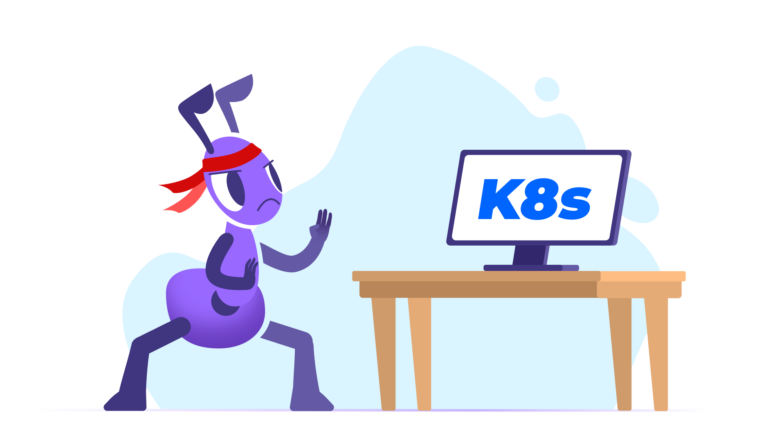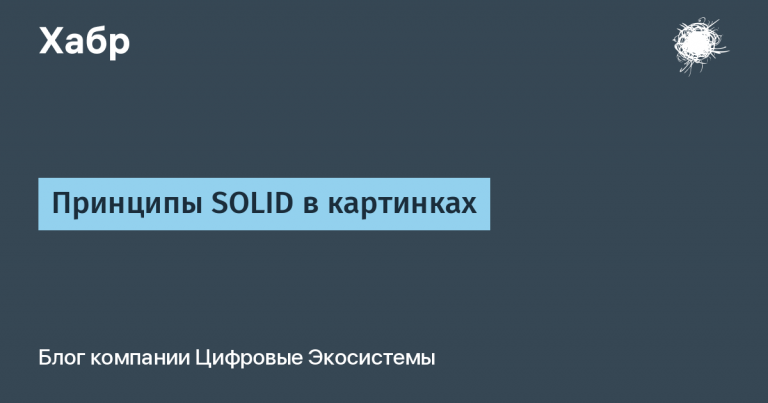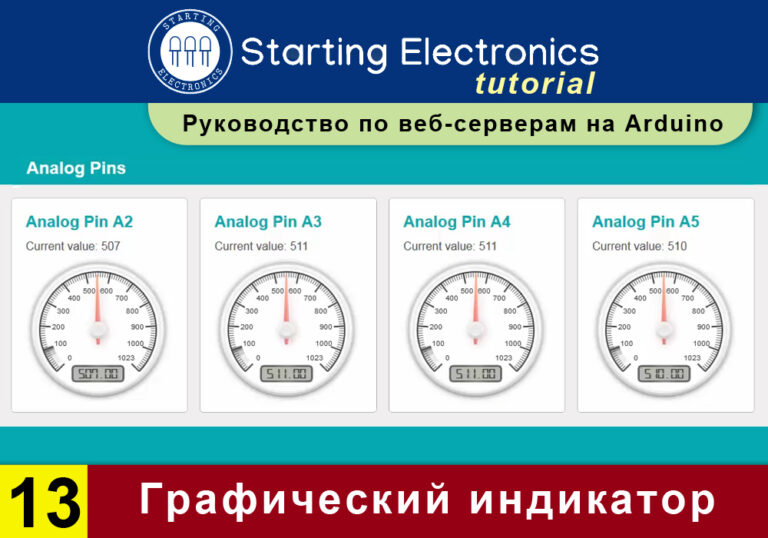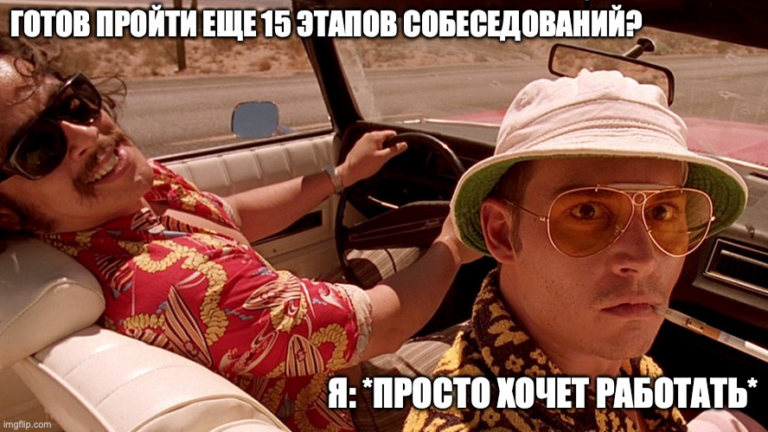How a Designer Gets a Job at Uber (Part 1)
Salute 👋 My name is Vlad Hoffman, I’m a product designer. I worked for Uber for two years in Amsterdam. I’ll tell you how I made my way through seven rounds of interviews and what I learned in the process. If you are a designer and want to get into a big tech company or just find a job abroad, this article will definitely come in handy.
In 2019, I worked as a product designer at Citi Ventures on a very well-known fintech product, which the signature on the non-disclosure agreement does not allow to name. After a year of work, I felt stagnation and realized that it was time to move on and work on something else. I always dreamed of getting into big tech, and especially Uber, because their products are close to me in spirit.
This was not the first attempt at Uber. Before that, I had already sent them my portfolio and CV twice, but everything was unsuccessful. I have applied for jobs but have never received a response. This worried me a lot.
This time I took a detour, was able to get in touch with the recruiter and go through all the stages of the interview. In addition to Uber, I have interviewed for several other major international companies. As a result, after 2.5 months of nerves and sleepless nights, I received three offers, one of which was from Uber.
I will share the interview process that I went through. I will give advice on how to increase the chances of success and not fall off at the first screening.
The interview process
The whole process from the first contact with the recruiter to receiving the offer took 2.5 months. Here’s how it was:
1. Making contact 🙏
This turned out to be one of the most difficult stages. I already knew that getting in touch with a recruiter is not easy. Here are the ways I tried:
– Respond to the “Careers” page on the Uber website. I sent a response three times, but never received a response. From familiar designers I learned that in this way to get a response from big tech companies, incl. from Uber, it can be difficult. The flow of applications is large, so it is not always possible to consider, and even more so answer all candidates.
– I was advised another way – to find a referral. This is a person who already works in the company and can recommend you. If in the end you are hired, then the referral receives a solid cash bonus. As they say, it’s win-win. A couple of days later, I found one designer from Uber through LinkedIn who was able to recommend me. We had a common circle of acquaintances, so I managed to connect with him and agree on a recommendation.
Referrals are a guaranteed, but not the easiest way to make the first contact with a recruiter in a large corporation.
2. Phone call (20 minutes) 📞
The referral worked and the recruiter called me. To my surprise, it was a super informal call. For a second I even thought that I was being deceived and that the other end was not a recruiter from Uber.
The recruiter asked me:
– Who am i;
– What do I specialize in?
– In which companies and on what products did you work;
— Did my design influence something;
Why am I looking for a new job?
Why do I want to work for Uber?
— Why I am the ideal candidate for the company.
Most of what I did before Uber was fintech products, so I was afraid that it would be difficult to convince the recruiter that I could work with products from other areas. It turned out there was no need to worry. Later, in a casual conversation with an Uber recruiter, I learned that they were looking for an eye-catching design in the portfolio that somehow had an impact on business performance. That was enough for me, so I skipped to the next stage.
3. Test task (2 weeks) 📝
This is called Take Home Assignment or Design Challenge. I was given a script that directly relates to the Uber app and suggested that I make wireframes that would cover this scenario. The assignment was submitted as a one-page PDF document. At the end, they indicated that the test task was designed from 2 to 8 hours. They asked me to record the time and indicate at the time of delivery how much I actually spent. Lead time – up to 2 weeks.
I did a test in 10 hours. The stakes were high, I wanted to do more than they asked me, so I had to go beyond the timing. As a result, the answer was given in a week – they liked the test, they were invited to the next stage. Here are some tips:
Don’t do the bare minimum. When you do the bare minimum, it shows that you are not very interested in the company.
Do a little more than what is asked. If the recruiter tells you it’s an 8 hour assignment, take 10. If the recruiter only asks for wireframes, design with a normal UI. If they ask for final layouts, also file an interactive prototype so that you can walk through the flow, and not just watch it. Going beyond the requirements shows that you are really interested in working for this company. Here it is important to feel the edge, you can not go to extremes and completely forget about time. Recruiters expect you to use it wisely.
— Show that you can pull the whole design process. I did not only what was asked of me, but also showed all the design stages that I went through: from understanding the task and identifying the problem to a small but very appropriate interface animation.
4. Interview in the office (1 day) 🗣
After my test was accepted, I was invited for an interview at the office in Amsterdam. This is definitely the most stressful and tedious part of the whole process. She just needs to be patient. I have never experienced such nervousness, it is simply impossible to describe in words. But it’s worth it.
Here’s how it was:
1. I came to the office at 9 am.
2. Presented my portfolio (1 hour).
3. Passed the general interview (45 minutes).
4. Had lunch with a designer from the team, this is called Lunch buddy (1 hour).
5. Passed the technical interview (45 minutes).
6. Review app design (45 minutes).
7. Passed the Whiteboard Challenge (30 minutes).
8. Left the office completely exhausted at about 5 pm.
Exciting, exhausting, scary, but the day flies by as if in a second. This part is worthy of a separate article, with all the details. I will devote the next article to this.
5. Time to think and offer (2 weeks) 🤔
After a full day of interviews in the office, it took the team two weeks to discuss my candidacy and make a decision. As I found out later, I was not the only candidate who was interviewing, and that they do not make a decision until they get to know everyone.
I also learned that the recruiter may ask you to send additional information about yourself or even return for additional interviews. In my case, this did not happen.
As a result, two weeks later, I received a long-awaited offer from Uber. And he accepted it with complete relief and satisfaction.
What about salary? 💶
After I passed the interview in the office, I was asked about salary expectations. I recommend preparing for this in advance in order to confidently name the required amount.
The salary for a mid-level designer at Uber (it’s called Product Designer II and counts as level four) in Amsterdam was around €84,000 per year.
Levels. fyi is an excellent tool for comparing salaries in the Western market, especially in big tech.
Final Thoughts
1. Develop a circle of acquaintances 🤝
I mentioned that I sent my resume to Uber twice without any feedback. This time I found a referral through LinkedIn and only thanks to this I was able to move forward.
I share my way to build a network of acquaintances – to go to interviews every year. To date, I’ve interviewed in over 40 companies and have relationships with most of the people I’ve met. From time to time they inform me about new interesting vacancies. Mostly recruiters and design managers.
2. Get multiple offers 💰
This is to be more persuasive when discussing salary. With three offers in hand, I had additional bargaining chips. As a result, I managed to get a salary as close as possible to what I originally planned.
3. Don’t focus on one company 👀
Although Uber was my dream company, I interviewed for many other places. I would definitely accept an offer from another company if I didn’t go to Uber.
Looking back, I can say that I was very lucky to get an offer from Uber. Many circumstances coincided perfectly. For myself, I concluded that successful employment in a big tech company should involve a little luck.
~
I run a telegram channel about the work of a designer abroad – t.me/vlad_hoffman
![[Инфографика] How artificial intelligence is featured in science fiction](https://prog.world/wp-content/uploads/2019/12/nyutnfydgkbcuwf-g0o-zpn1ms0.jpeg)




